Most of my blog posts are usually about my travel experiences. However, recently I have not been traveling much mainly due to the amount of work I do. So, I and Sarah came up with the thought to write about Vasai history. Vasai is a little north of the Mumbai on the west coast. A few decades ago, Vasai was a sleepy town enjoying its own peaceful existence. Today it is one of the fastest growing towns in the suburban Mumbai.
When I moved from Mumbai in 2005, it was a quite an experience. I was going through some mixed experiences. I was happy because I was moving into a bigger apartment. Plus I was closer to mountains, salt pans, vast paddy fields, and birds.
However, I was sad as well. I was missing the metro life because the facilities and amenities Mumbai offered. Daily power cuts in Vasai was driving me crazy. Fortunately, Vasai has gained lot of importance now. In this post, I have included my personal pictures to show places as I couldn’t gather historic images.
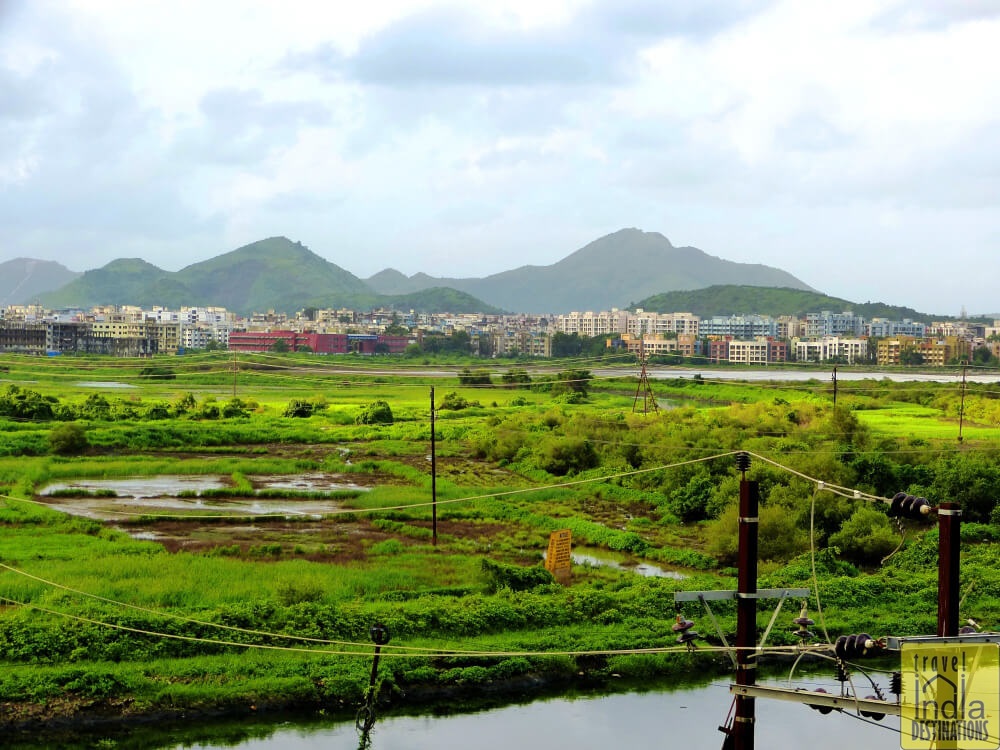
Vasai derives its name from a Sanskrit word ‘Vaas’, which means dwelling or residence. However, there are many instances when the city name was change.
The Portuguese named it Baçaim. The Marathas named it Bajipur. The Muslim rulers named it Basai. Later it was renamed as Bassein and now Vasai.
Unlike Mumbai, which is a formation of seven islands into one single city, Vasai is a part of the mainland India. Historically, Greek, Arabs, Persian and Roman traders and merchants use Vasai as a trade ground. These traders enter through the west coast into India.
In 1295 A.D. Marco Polo passed through Vasai, while before him Greek merchant Cosmas Indicopleustes visited the area in the 6th Century followed by a Chinese traveler Xuan Zhang in 640 A.D.
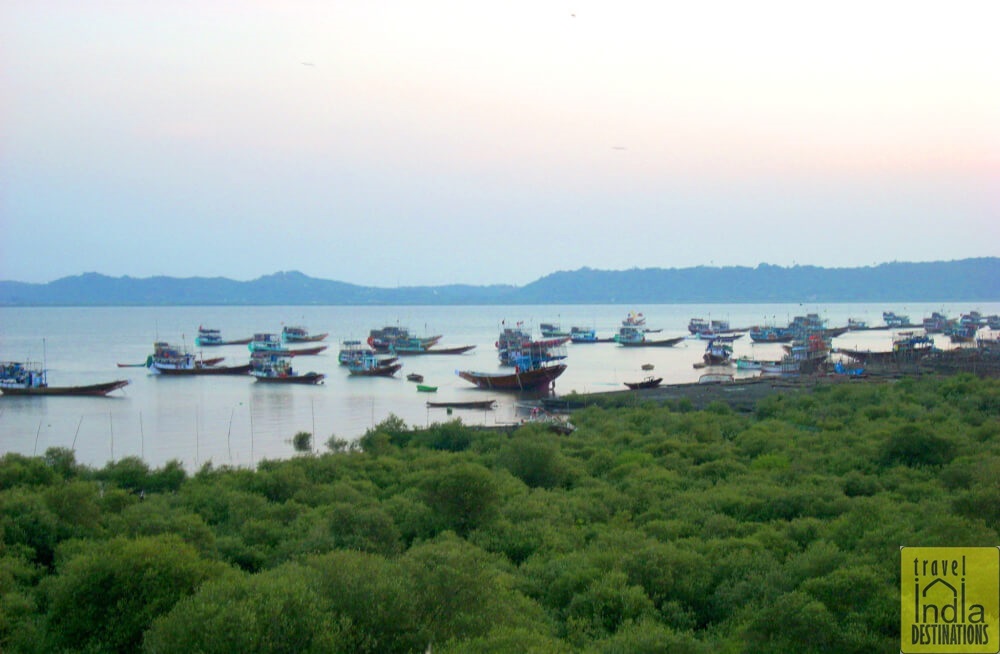
However, things changed considerably when Portuguese decided to take over the region. As a result, they began establishing their colony here. Nestled right next to the Arabian Sea, Vasai was a vital trading centre. This would offer them easy connectivity with global sea routes and trade salt, fish, timber, granite, and basalt rocks. They also made it into a shipbuilding center over a period of time.
The region also had fertile land around it. Hence, it was an ideal area for growing rice, cotton, sugarcane and betel nuts which Portuguese could export and trade globally. The Portuguese had a strong naval power and when they came to India they decided to storm in to capture it at any cost.
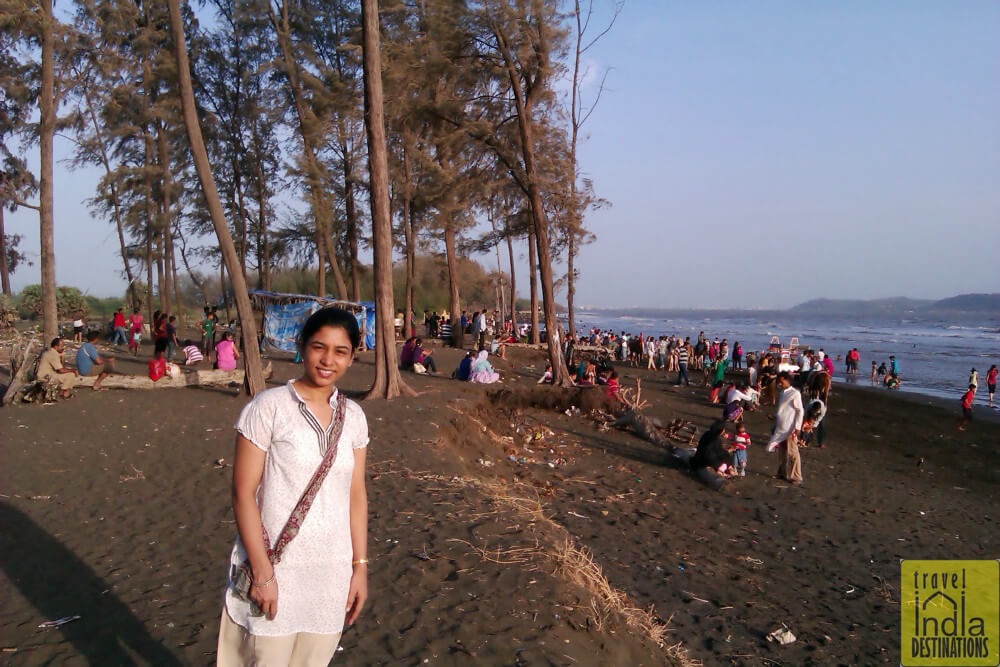
Wait! So was Vasai under someone else’s power before Portuguese took over?
Yes, Vasai (then Basai) was under Sultan Bahadur Shah of Gujarat. He ascended to the throne of the Gujarat Sultanate in 1511 and ruled the western coast for a couple of decades. However, with the arrival of the Portuguese and its strong navy, Sultan Bahadur Shah had no option. He fight head on to prove his dominance in the region.
In order to bring down the city, the Portuguese navy looted and burned the city. Eventually, Shah’s army suffer defeat and was no match for Portuguese power. He signed the first Treaty of Bassein in 1534 and Portuguese Empire gained control over the city of Basai and renamed it as Baçaim. The navy also controlled its territories, islands, and the seas.
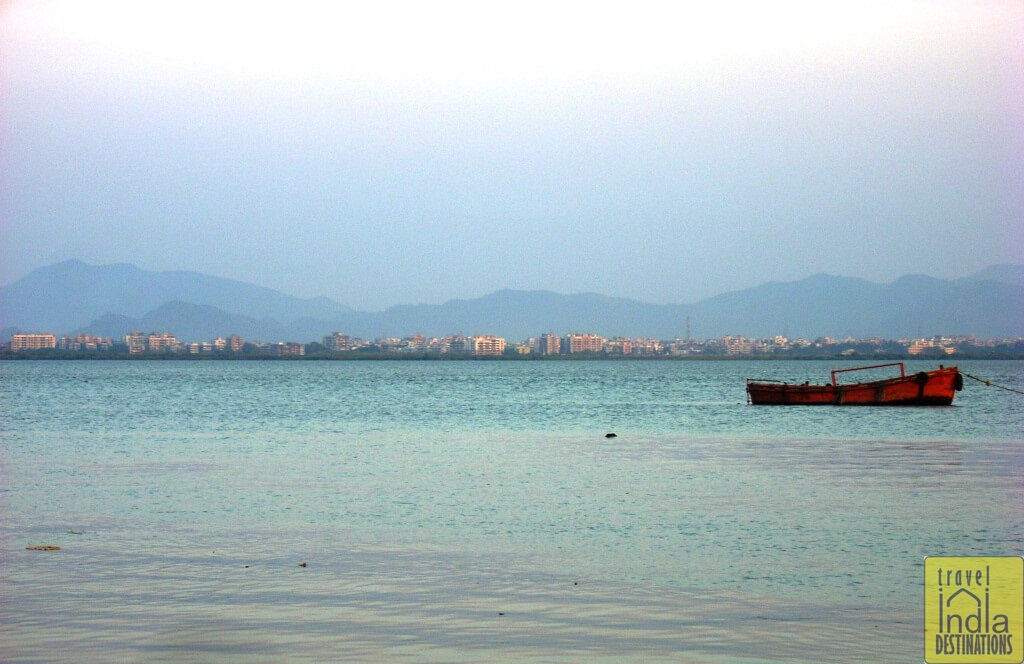
Gradually, Portuguese moved southwards and conquered the islands of Bombay. Nuno da Cunha, governor of Portuguese possessions in India, appointed his brother-in-law Garcia de Sa as the first governor of Bassein in 1536.
In 1548, Jorge Cabral took over the governorship and Baçaim became the stronghold of Portuguese on the west coast of India.
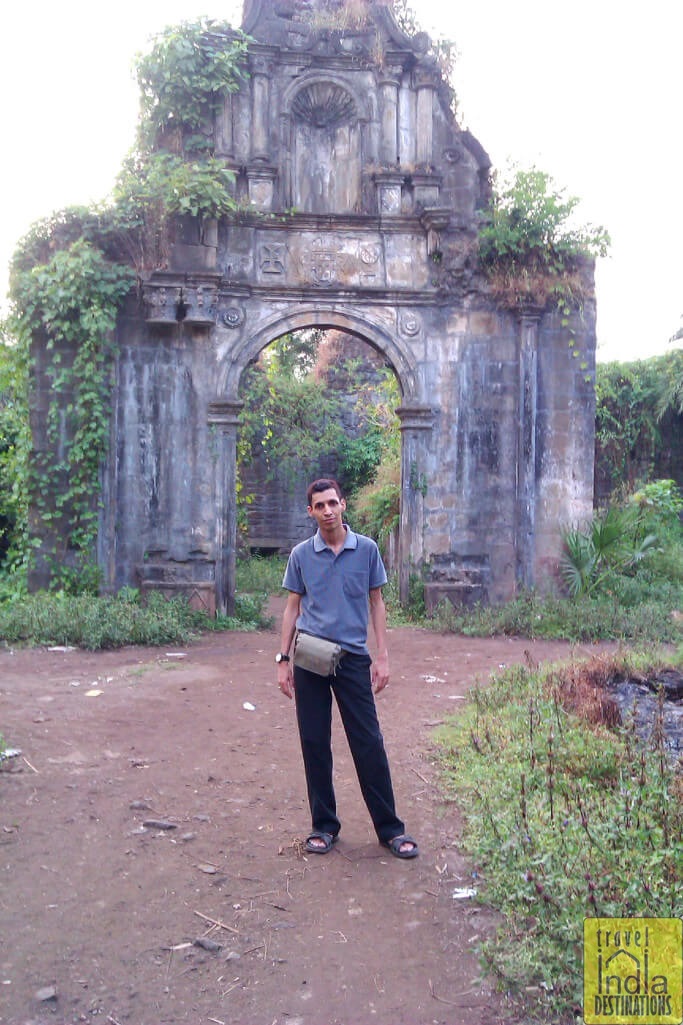
To protect their army and navy, Portuguese decided to construct a new fortress enclosing the entire town. I have a dedicated post on Vasai fort history.
In 1548, St Francisco Xavier halted here and a certain population of Baçaim was converted to Christianity. In order to create better Christian community, 9 churches were built for each community: Merces (1606), Manickpur (1606), Pali (1595), Papdi (1574), Nandakhal (1573), Agashi (1568), Sandor (1566), Remedi and Nirmal (1557).
All these churches still exist today. Various Christian community use them for daily services.
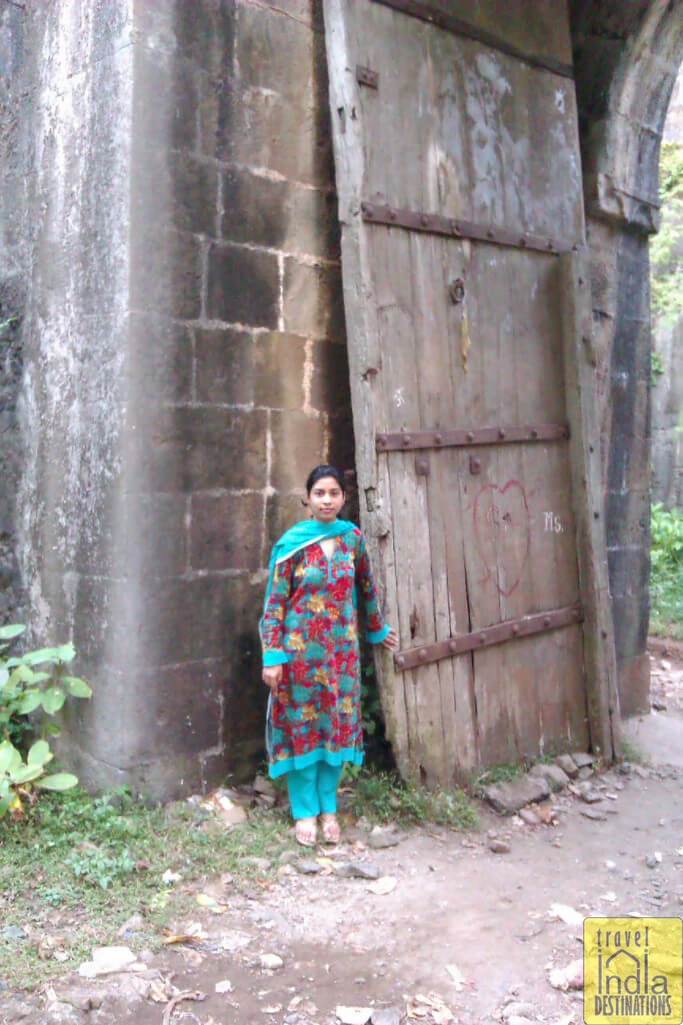
Under the Portuguese reign, Baçaim began to prosper and it was known as the “Corte do Norte”, which means The Court of the North.
For almost a century, Portuguese managed to rule the region. In 1674, Portuguese constructed 2 colleges, 4 convent schools and 6 more churches and the Portuguese Empire in India and the Baçaim region was at its peak of prosperity, but as we all know, things go wrong when we least expect it, something similar happened then with the Portuguese.
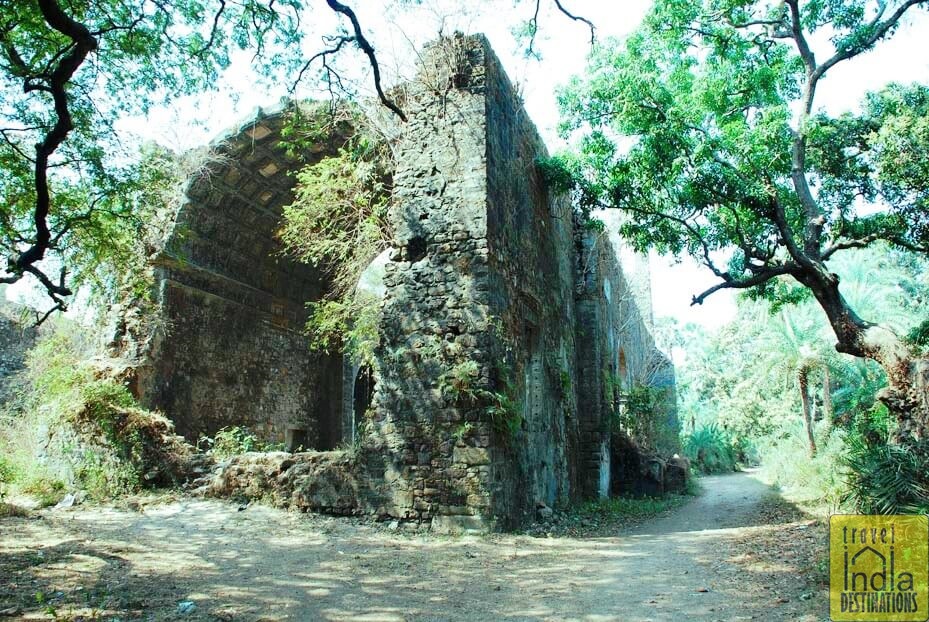
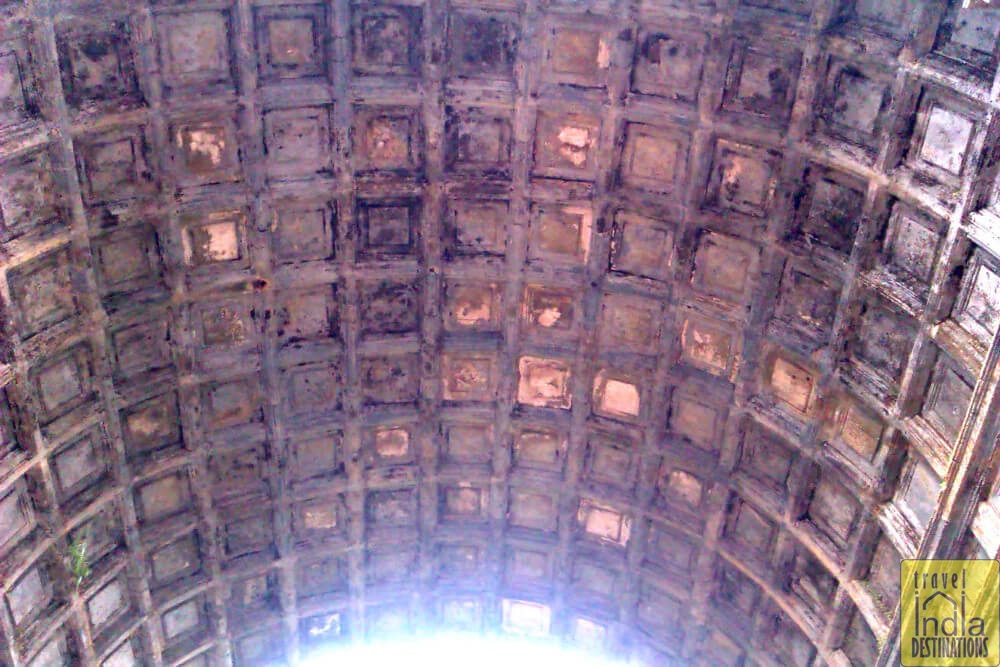
In the same year (1674), 600 Arab pirates heading from Muscat (Middle East) anchored at Baçaim and plundered the churches outside the fort walls. The violence and cruelty of Arab pirates had no limits.
In the first time of Vasai history, Portuguese were struggling to defend the territories outside the fort walls with this unexpected assault. To make matters worse, Morey Pundit, a Maratha warrior had stationed himself in Kalyan (heading from the east side), waiting for the right opportunity to strike.
Soon, Portuguese realized that they had enemies on both (east and west) sides of their territory.
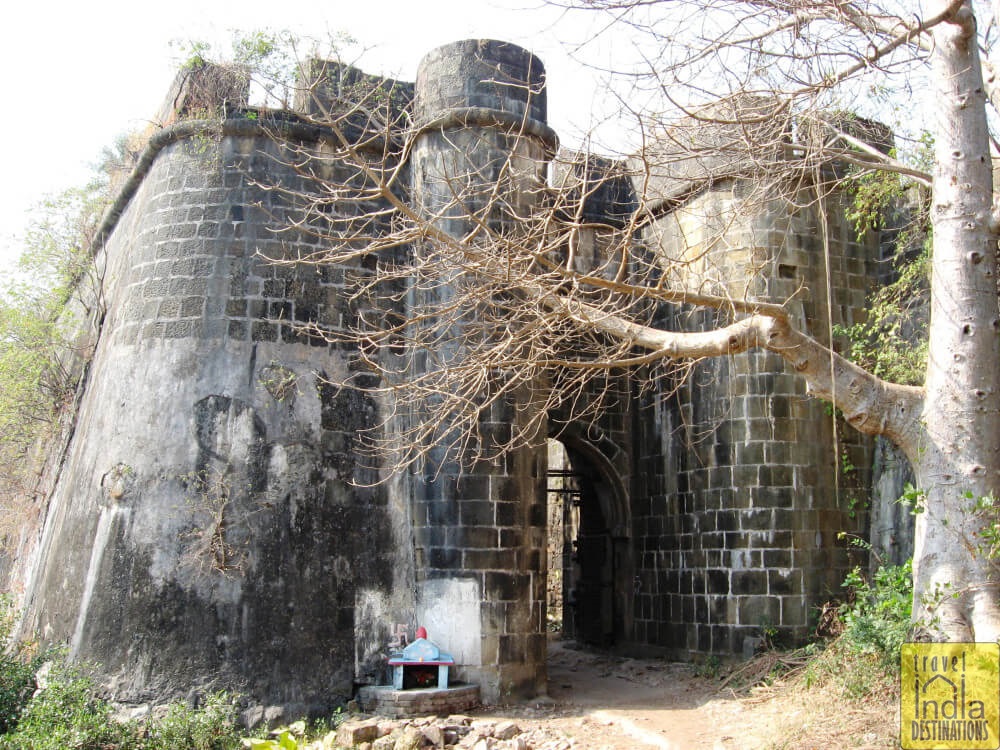
Things were going terribly wrong for the Portuguese, as British walked into the picture. At that point in time, British were trying to strengthen their foothold in India. While the East India Company was friendly with the Portuguese, it discreetly had a desperate urge to take control over the islands of Bombay for trade purposes.
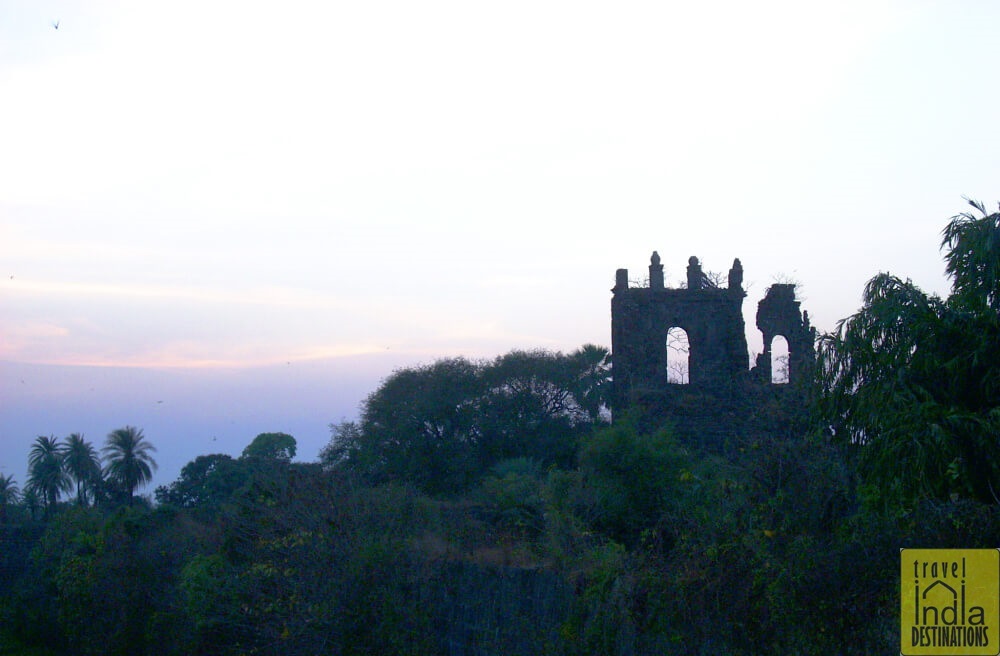
In a smart move, the British got Charles the Second of England to marry Catherine Braganza of Portugal. The Portuguese gifted the islands of Bombay as a wedding dowry. However, later British decided to take control over it and Portuguese had no option to but to let go the islands of Bombay.
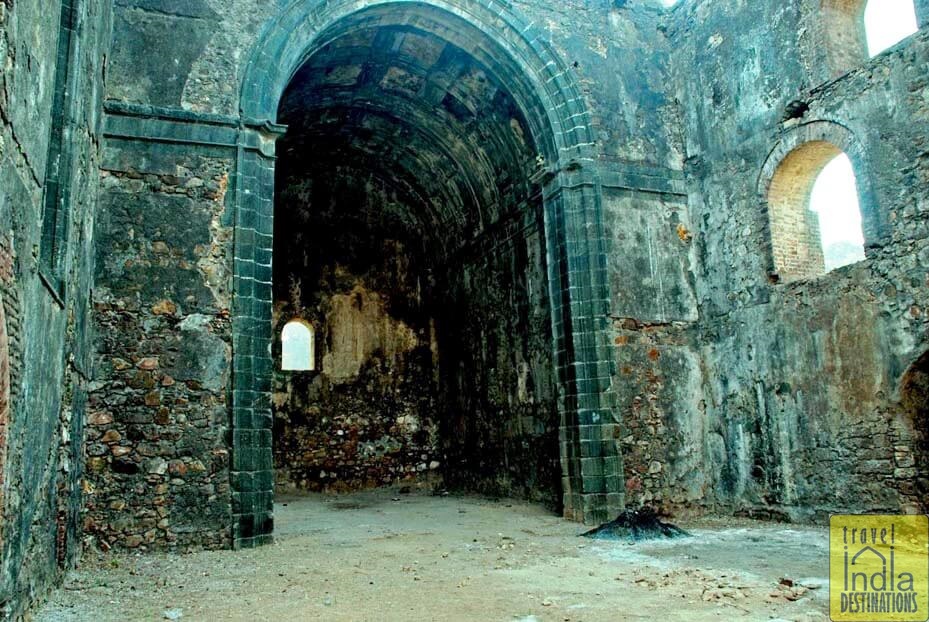
The constant conversion of the local population to Christianity and the level of intolerance that Portuguese had for other religions backfired at the wrong time. Tired of oppression and corruption of the Portuguese officers, the locals were in desperate need of a change.
At this point, the Maratha Empire decided to strike hard and Portuguese began to lose their hold over the region. One by one, Maratha warriors were winning over the cities that were under the Portuguese rule.
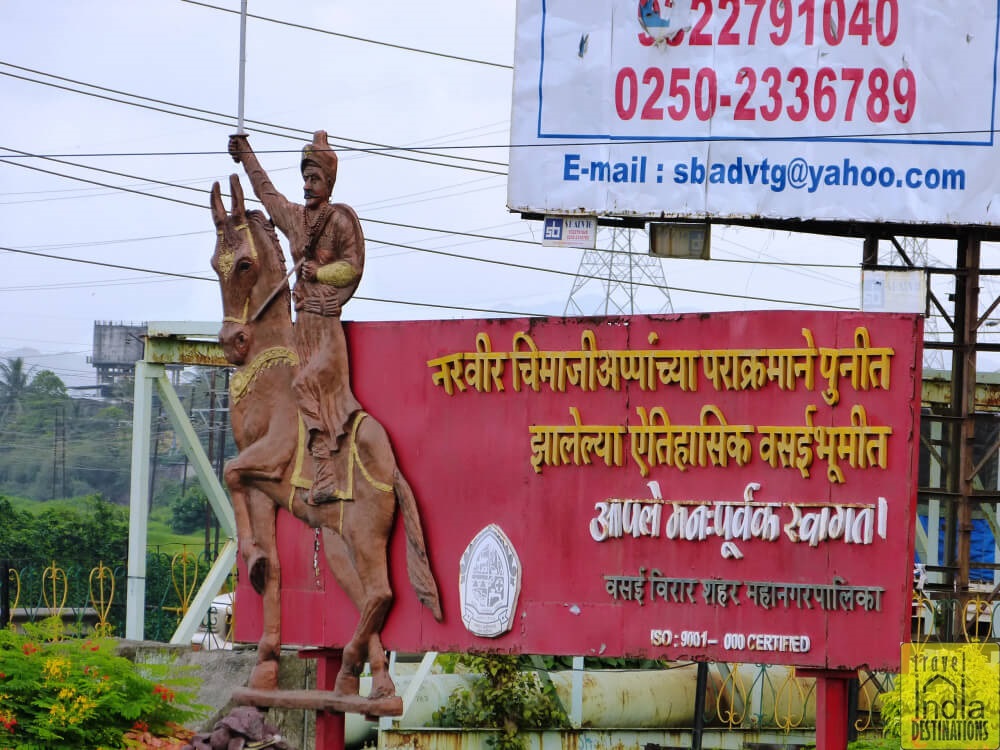
Eventually, in February 1739, Chimaji Appa, the younger brother of Bajirao Peshwa attacked Baçaim with all his might. While Portuguese sought help from the British in Bombay (down south), but the British only helped them with ammunition supply and sent no troops.
After a fierce battle between the Marathas and the Portuguese that lasted for nearly 90 days, Portuguese forces gave up on 16 May 1739. The amount of loss was staggering for the Portuguese as they had lost 4 chief ports, 8 cities, 2 fortified hills, 340 villages, and 20 fortresses.
By this time, Portuguese had ruled Baçaim uninterruptedly for 205 years boosting the region’s trade and commerce.
The Marathas renamed Baçaim as Bajipur.

Now, it was the British dominating the island of Bombay in the south. The Marathas ruled Bajipur just 50 kilometers (31 miles) north of the island of Bombay. However, the British decided not to clash and instead wait for the next big opportunity.
In 1772, Narayan Rao became the fifth Peshwa. He was soon killed by his uncle Raghunath Rao due to internal conflicts.
The British were waiting for this moment. Raghunath Rao fled the scene and requested the British to save him. The British sent in the troops at once.
However, to their surprise, the Maratha army crushed the British resistance in 1779. This is better known as the Battle of Wadgaon or Treaty of Wadgaon.
For the East India Company, this was a severe blow to their prestige. The British decided to send stronger reinforcements under the command of Colonel Goddard. He eventually defeated the Maratha warriors and captured Bajipur in December 1780.
The city was renamed from Bajipur to Bassein once again as British took control over the region.
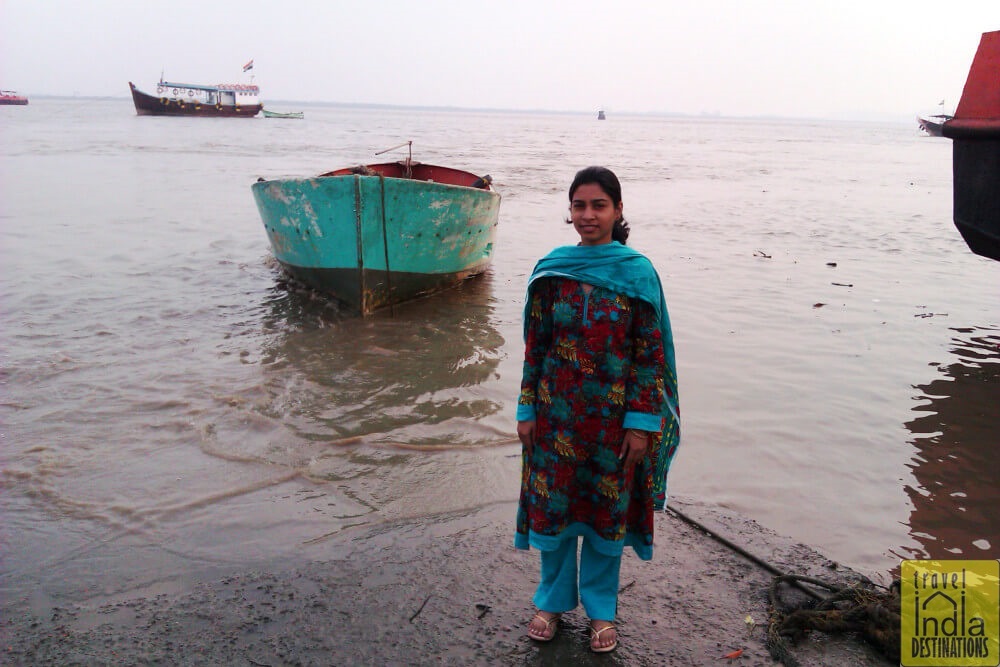
In 1801, Yashwantrao Holkar rebelled against the rival factions of the Maratha Confederacy. He defeated the combined forces of the Daulatrao Scindia and Peshwa Bajirao II in the Battle of Poona and captured Poona. Peshwa Bajirao II eventually took refuge in Bassein where British had a stronghold.
In 1802, the second Treaty of Bassein took place that marked the disintegration of the Maratha Empire.
This led to the expansion of the East India Company over the Indian subcontinent. As a part of the treaty, Bassein was renamed to its original name Bajipur. However, under the British rule, Bombay flourished while the importance of Bajipur faded out.
After the disintegration of the Maratha power, all the Peshwa territories were absorbed into the Bombay Presidency and Bajipur was renamed to Bassein.
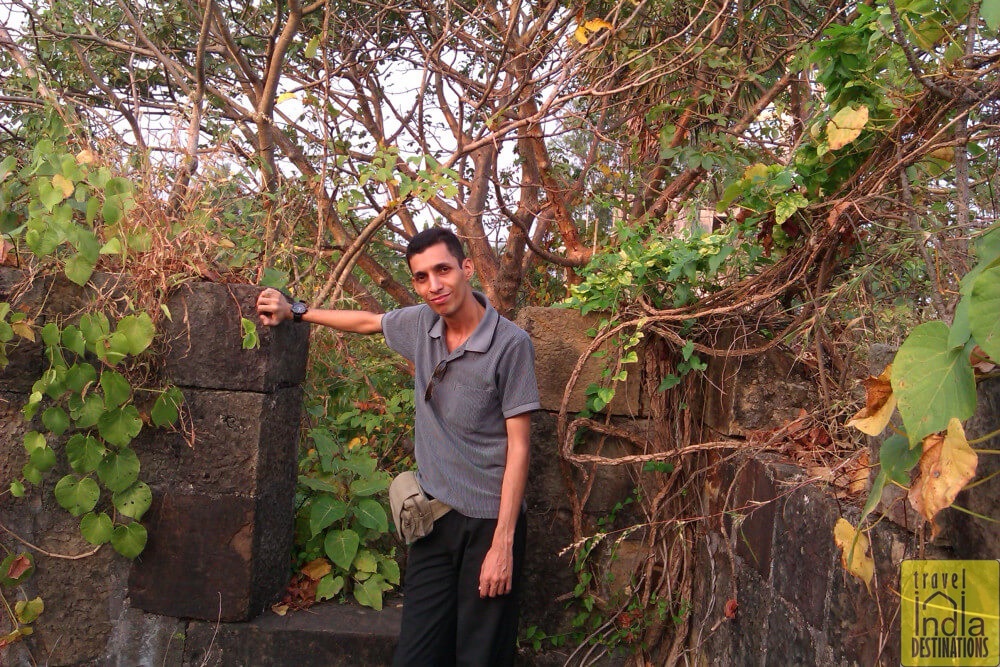
In 1867, the British introduced the railway system in India through the Great Indian Peninsular (currently Central Railway). They decided to start a regular service of trains from Bombay to Bassein, Nalasopara, and Virar in 1869.
However, Mumbai (Bombay) still remained the City of Dreams for more than 100 years.
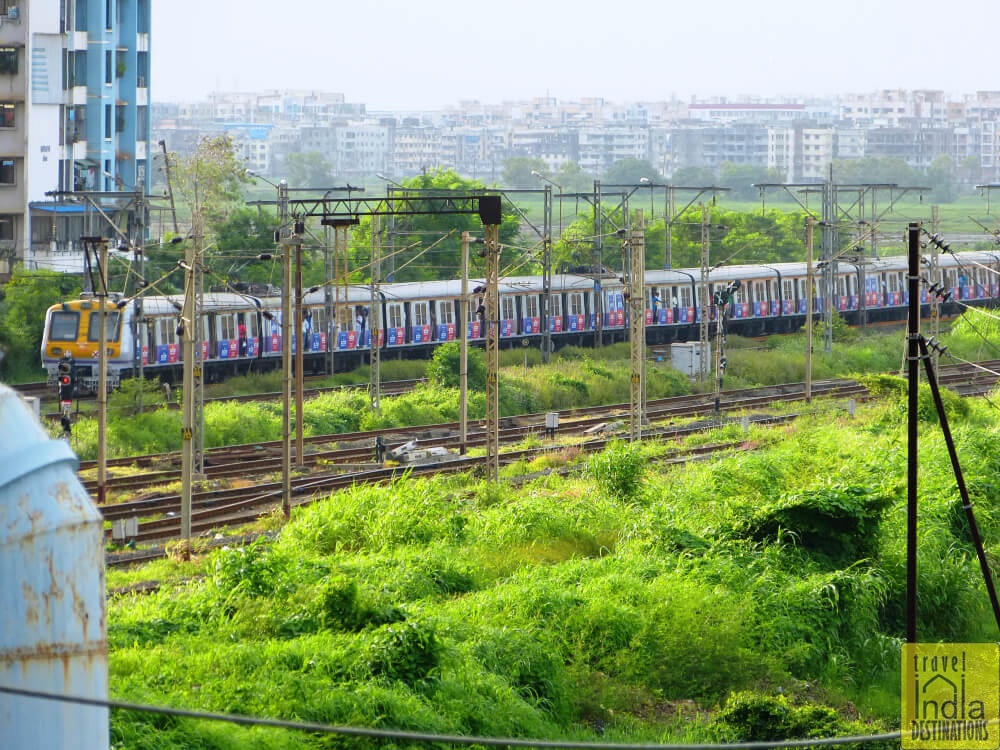
In the late 90s, Mumbai population was exploding. The real estate prices were sky-high. The city population gradually shifted to far-flung suburban pockets. People wanted affordable apartments, but at the same time stay in close proximity to the city.
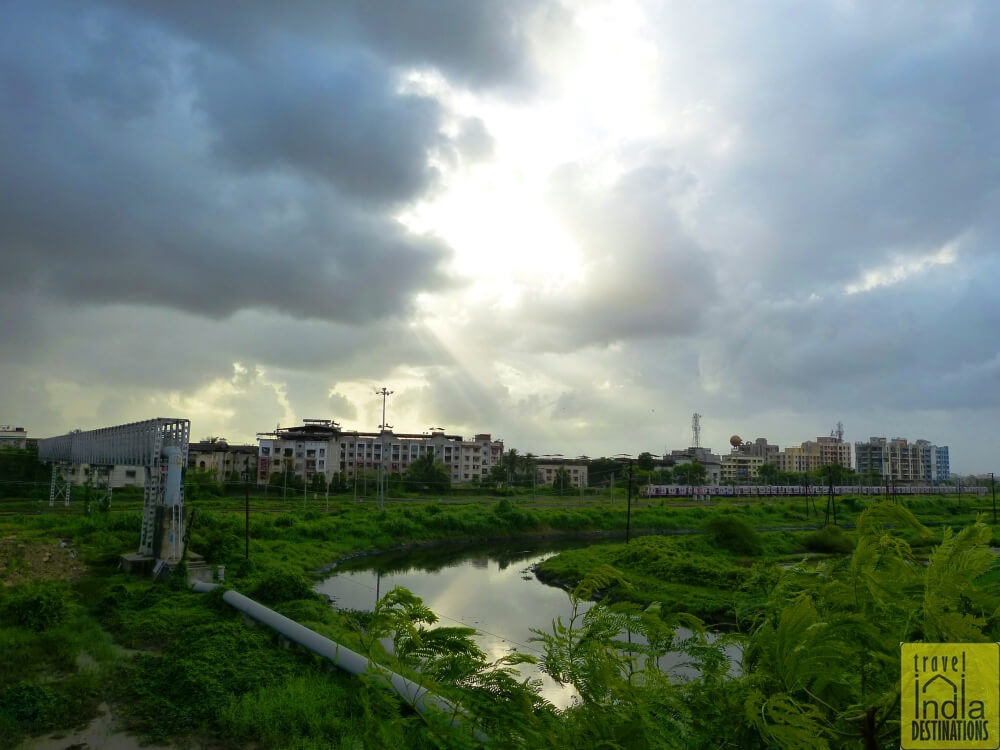
Vasai in the last few decades has witnessed exponential growth with a population increase of 135.25% as per 2011 census. From a sleepy little town in the 1980s, Vasai has become the 5th largest city in Maharashtra.
In 1970s Vasai-Virar region had a population of 194,262 residents. As per the 2011 census, Vasai had 1.2 million residents. Many people come to Vasai to enjoy beaches in Vasai like the Suruchi Beach.
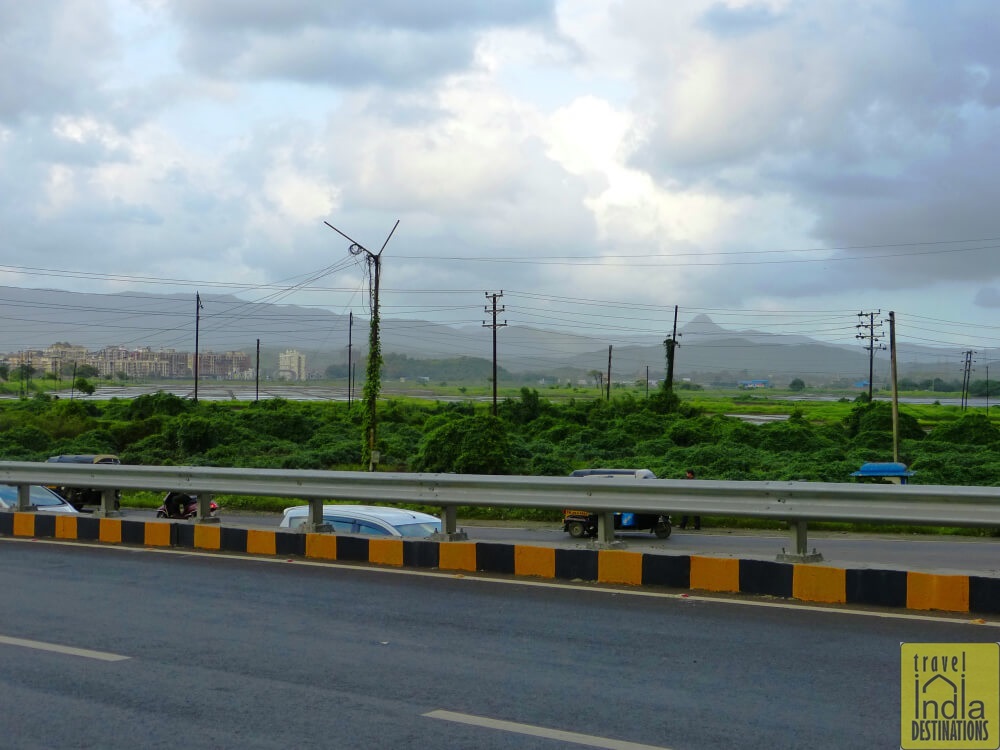
This is mainly due to the improved road and train connectivity and rapid industrialization and development and affordable housing. Currently, the population growth rate of Vasai – Virar region is higher than that of Mumbai. This indicates that there will be more expansion and development in the future to accommodate more Indian dreams.
20 comments
Wow! What an interesting past life this city has had/endured. Your photos are beautiful. I like the views of the parts of the city, as you explain the history. Thanks for the tour and thd history lesson.
Thank you. Now you know more about where I live. By the way, which image appealed to you the most? The fort ones or the green lush open spaces.
I like the fort photos and the shoreline
The fort and the beach is around 6 miles from my place. I forgot to mention but recently the archeological team excavated treasures and found a secret door as well in the fort. Not much has been written about it at the moment.
What beautiful photos and amazing history, which you tell do well. Sarah looking lovely as always. 😊
I’m glad you liked it. Sarah says thank you for the compliments.
I had never been to Vasai in my 2.5 years of stay in Mumbai. Thanks for sharing useful info about Vasai.
Well, there’s nothing much to see here except the nature.
Vasai has such an interesting history. Wonder why we never took to the subject in school. There are so many influences that go into the making of a city – a bit from all its past rulers. I loved your pictures – the one with the fishing boats looks so colour coordinated, the fort is gorgeous too and so much greenery. Lovely.
Thanks for visiting the post and I’m glad you enjoyed it. I believe history is a very interesting subject, provided how it’s told. I understand people don’t like to read history books which includes all my friends and family members, so I do some research and then re-tell the same events in my own way with pictures. If you enjoyed this, I recommend you read my other post on Bajirao Peshwa which is my most researched post.
Sharukh, I’m a little behind in reading your Vasai posts! Thanks for the history lesson and tour through your photographs. It’s so interesting to see these pieces of India and its culture.
No worries. I understand we all are busy juggling personal and professional commitments. I’m glad you’re having a great time reading my posts. Do read the Vasai bird series whenever you find spare time. Your comments are much appreciated.
Amazing article.. Really good work
Thank you, Puneet.
Being born and brought up in Vasai, I never knew that Vasai has such a long yet beautiful and interesting history which filled with full of richness and pearls. Thank you so much for your thoughtful and at the same time full of worthful research on Vasai. Indeed, it was a fascinating journey of me while reading this blog which added a cherry on the cake. Thank you.
p.s. Could you help me in rendering some material as well about Vasai? As it seems like you have burned the midnight oils in going through all the old records. Since I am planning to do research on Vasai Culture, your contribution can help me at great extent.
Thank you for investing your time to read and commenting, Sanal. Yes, I love to research before I write, but I’m no expert on Vasai. Most of the information I found is already there in my posts on Vasai. You can also read other Vasai-related posts. Glad to hear that you are researching on Vasai culture, but I’m not sure how I can help. Let me know what information you seek and I’ll share with whatever information I have.
IT WAS REALLY GREAT TO READ THE HISTORY WHICH IS ALMOST UNKNOWN TO MANY PEOPLE IN MUMBAI, EVEN PEOPLE FROM VASAI TO VIRAR….
Dinesh ji, I’m happy that you visited my blog and read the post. People generally don’t know the history because they think history is boring. However, history can be fun if presented in an interesting way. If you love history, there are plenty of posts on my blog about Vasai fort, Suruchi Beach and other historic places in Mumbai and Maharashtra. I’m sure you’ll like them equally. Thank you for your valuable comment.
Though I am from Kolkata but I love reading historic articles. I have stayed in Navi Mumbai for 8 years and never thot of visiting Vasai since it was not in agenda, but your article on historic Vasai was truly an excellent reading along with the wonderful pictures.
Thank you, Manas Paul. Glad to hear that.